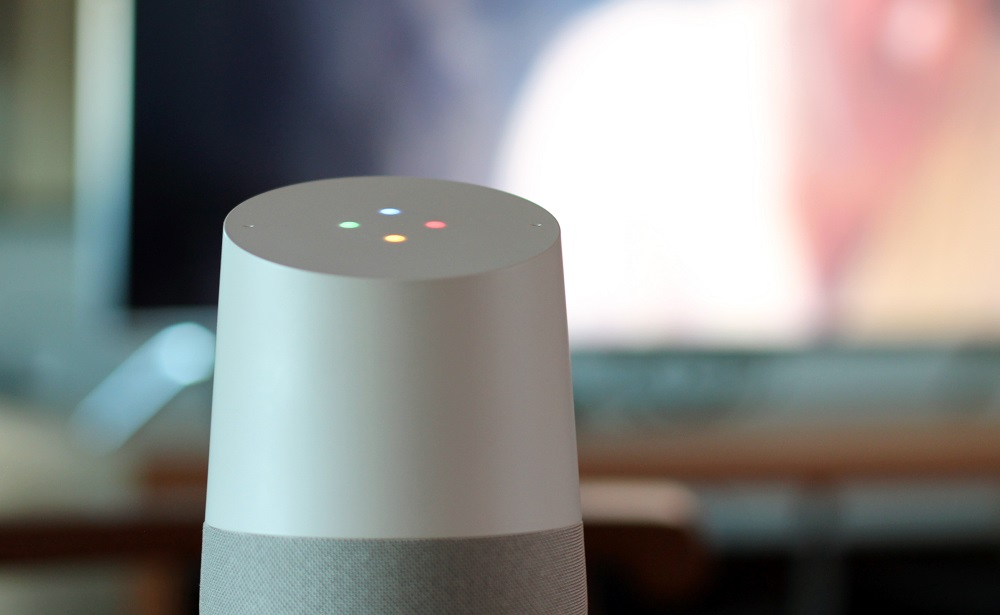

AI assistants are currently all the rage in consumer technology, with the gadgets packing them increasingly woven into every aspect of our lives.
From AI-infused smart home hubs that can control our heating and security, to handheld devices that can talk back to us and answer our questions, and onto cars that can recommend the best routes to take and suggest what music to play to get us there, personal artificial intelligences are getting more advanced and – crucially – more helpful than ever before.
- Five ways AI could soon make you fitter and healthier
- How AI is set to take the hassle out of organising your holidays — so you can focus on having fun
But things were not always so, and you only need to rewind the clock a quarter of a century to find the AI technology we have today in its absolute infancy. But mighty trees from small seeds grow, and the benefits of AI tech – specifically on a personal, human level – today are becoming clearer with every passing day.
What follows is a chronological list of some notable highlights in the development of AI over the past 25 years, from the most basic chatbot to today’s most capable natural language personal assistants.
Alice (1995)
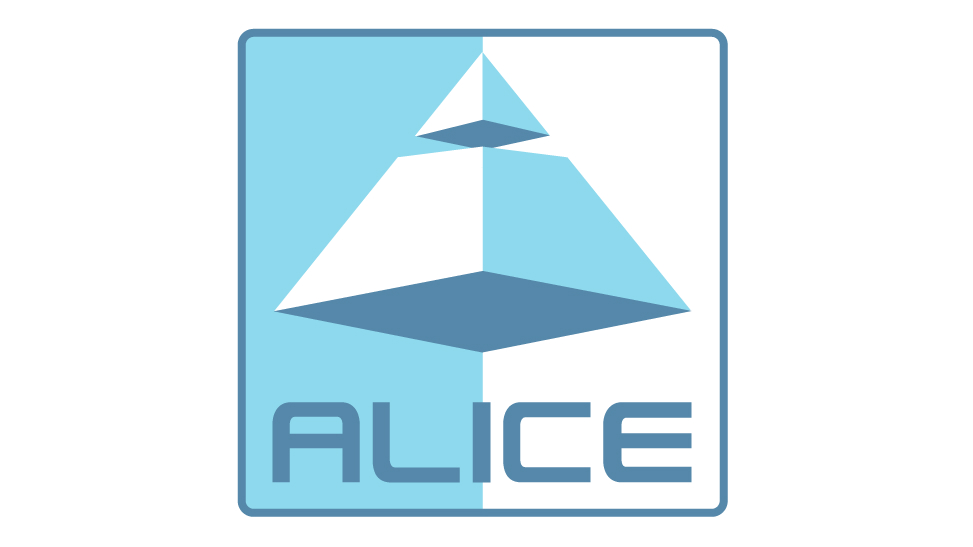
Alice (Artificial Linguistic Internet Computer Entity) was a natural language processing chatbot that was designed to engage in conversation with a human.
It was designed to apply heuristical pattern matching rules to human input in an attempt to hold a sensical and relevant conversation.
At the time, which was back in November 1995, there was nothing else like Alice and it soon became famous for its basic ability to converse in a human way.
Get all the latest news, reviews, deals and buying guides on gorgeous tech, home and active products from the T3 experts
Indeed, the scientific community was so impressed that Alice won the Loebner Prize (awarded to computer programs that are most human) three times. Due to the crudity of the AI, however, Alice also often made obvious mistakes and, naturally, it couldn’t pass the Turing test.
You can still chat with Alice today.
"The scientific community was so impressed that Alice won the Loebner Prize three times"
Ask Jeeves (1996)
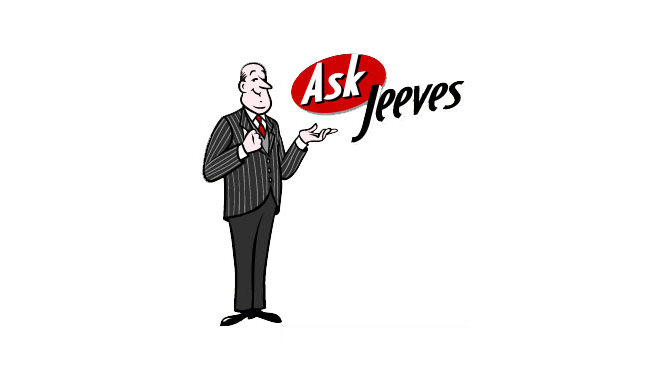
Ask Jeeves was – and still is – a question-answering AI program that, when first launched back in 1996, allowed users to ask it questions in everyday, natural language, which was largely unheard of at the time.
The site originally used a virtual avatar called Jeeves (taken from P.G. Wodehouse’s Jeeves and Wooster novels) that dressed as a valet to deliver its answers.
As a precursor to the search engine Google, though, Ask Jeeves only remained in operation in its original form until 2006, where the avatar was dropped and the site transformed into Ask.com instead. Today Ask.com still works as a search engine.
Watson (2005)
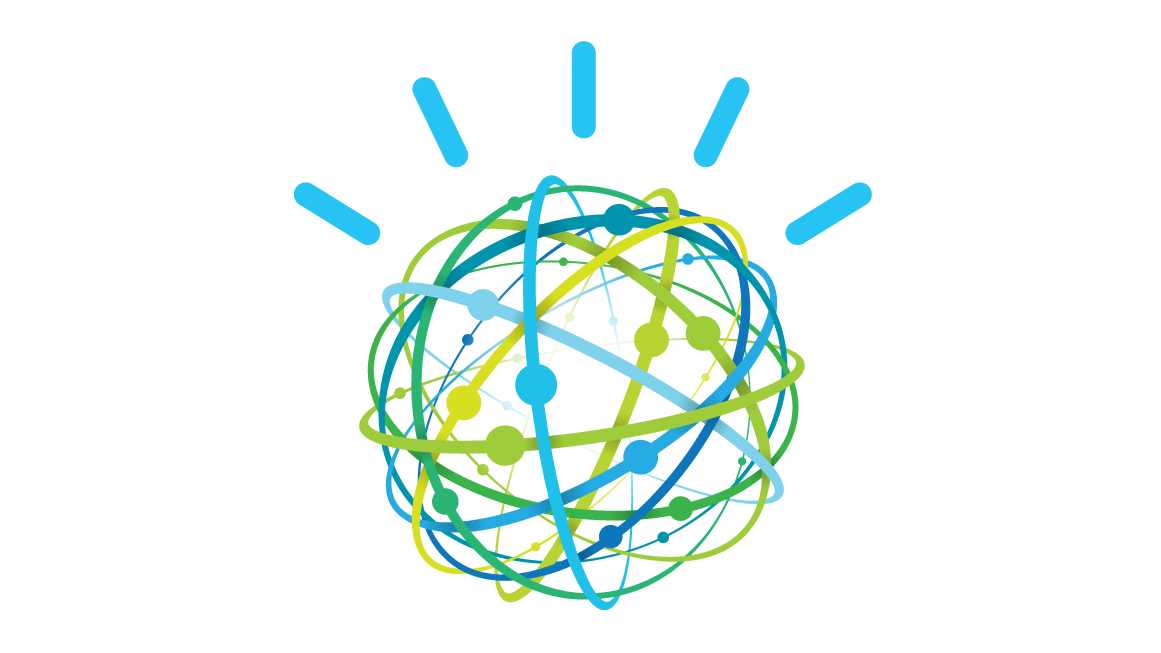
Watson was a question answering computer system that allowed questions to be posed to it in a natural language. It could operate both in offline mode, with internal access to 200 million pages of information on four terabytes of disk storage, including the entirety of Wikipedia, or in an online mode connected to the internet.
While the AI system rose to fame by competing on and winning the US game show Jeopardy!, beating the show’s previous human winners in the process, today the system (in a further developed form) is used in the US healthcare system, with the supercomputer used as a specialist in utilisation management and lung cancer.
"Watson won the game show Jeopardy!, beating the previous winners in the process"
Siri (2010)
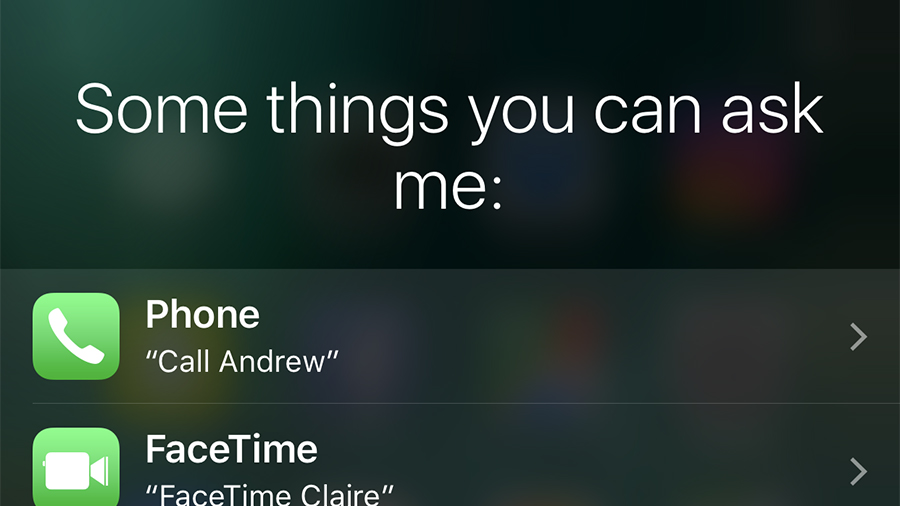
Arguably the first widespread handheld intelligent personal assistant AI, Siri allows humans to pose it voice queries via a natural language interface. First released as a stand-alone app for Apple iPhone, before then been integrated into iOS a year later with the launch of the iPhone 4S, Siri is now a central element to each new iPhone.
When it was released Siri was a landmark in personal assistants, with it not only capable of controlling various aspects of the phone it was operating on, but also make suggestions to its user and answering their questions via an internet-based search. Since then it has been upgraded a number of times, gaining additional capabilities such as follow-up question support.
Amazon Alexa (2014)
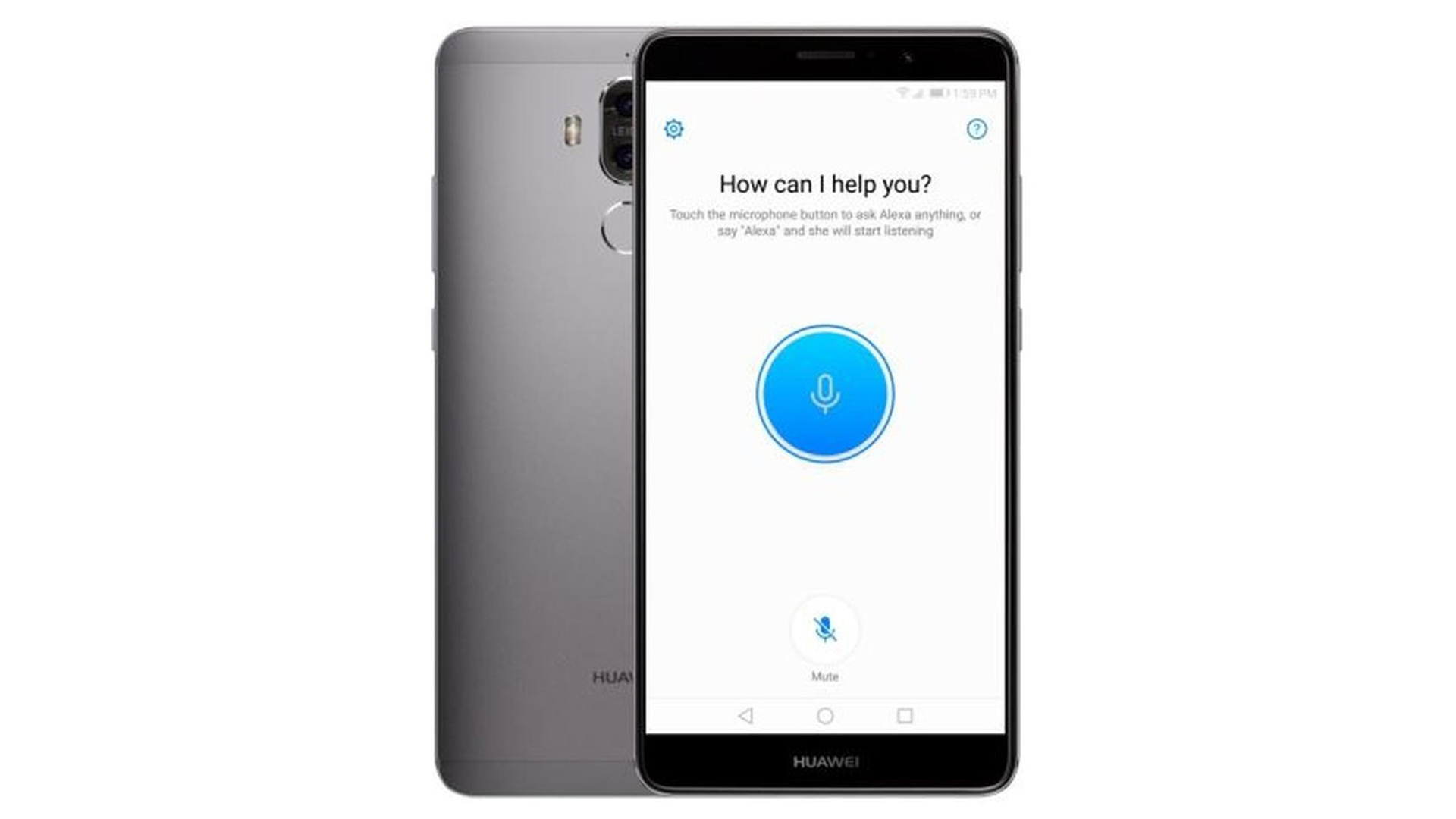
Released in 2014, Amazon’s Alexa personal assistant AI has taken the world by storm. Built into a variety of devices, including many by third party makers, Alexa is capable of performing a wide-variety of functions via voice interaction with its user.
From answering questions posed to it in natural language to playing music, to making and organising to-do lists and calendars, making reservations, ordering food and drink, building shopping lists, and controlling many smart devices geared toward home automation, Alexa’s advanced AI makes it possible.
Indeed, the AI has become so popular and increasingly capable that in 2017 Amazon had more than 5,000 employees working either directly on it, or on products it is to be outfitted with.
"Amazon has more than 5,000 employees working on Alexa"
Google Assistant (2016)
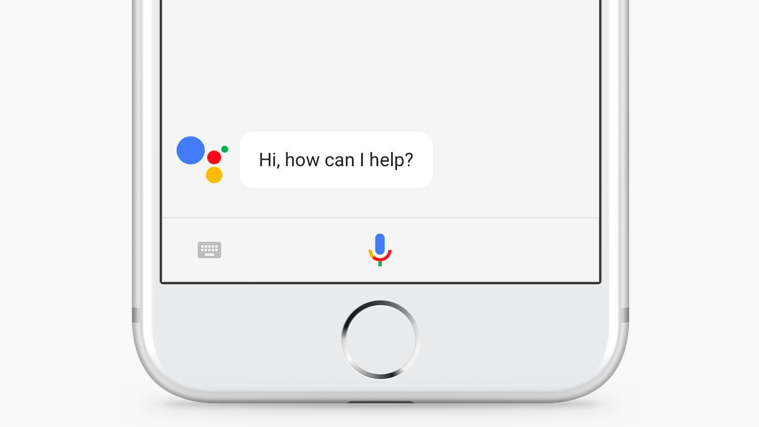
The most recent wide-spread personal assistant AI to hit the market, Google Assistant shares many similarities with Amazon's Alexa.
Coming predominantly loaded into smart home devices and mobiles, the AI is capable of engaging in two-way communications using natural language, can answer direct questions, can control various aspects of home automation and, in something added just last year in 2017, now has the ability to gather information through a device's camera can identify objects, products and locations.
And Google Assistant, like many of our modern AIs, is not stopping there. Just days ago at CES 2018 Google announced that its personal assistant AI is coming to Android Auto, meaning users will soon be able to control various aspects of their home and life directly through their vehicle.
AI Week is brought to you in association with Honor.

Rob has been writing about computing, gaming, mobile, home entertainment technology, toys (specifically Lego and board games), smart home and more for over 15 years. As the editor of PC Gamer, and former Deputy Editor for T3.com, you can find Rob's work in magazines, bookazines and online, as well as on podcasts and videos, too. Outside of his work Rob is passionate about motorbikes, skiing/snowboarding and team sports, with football and cricket his two favourites.